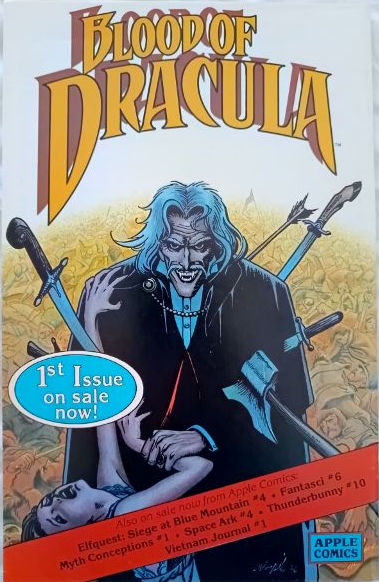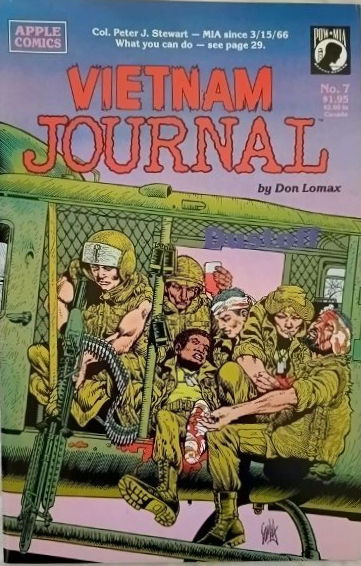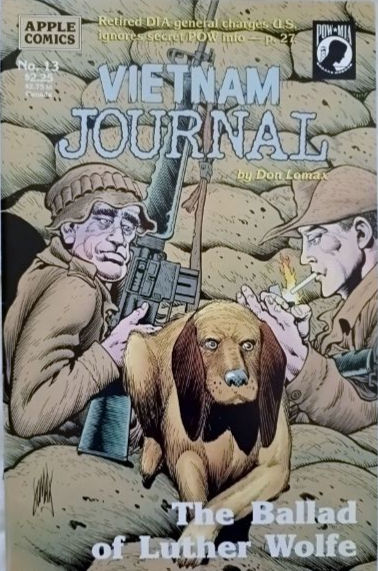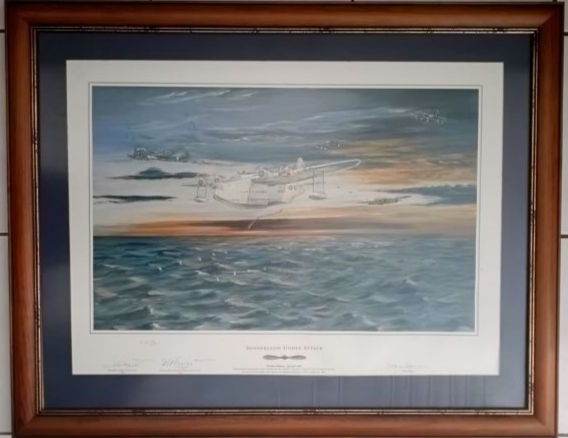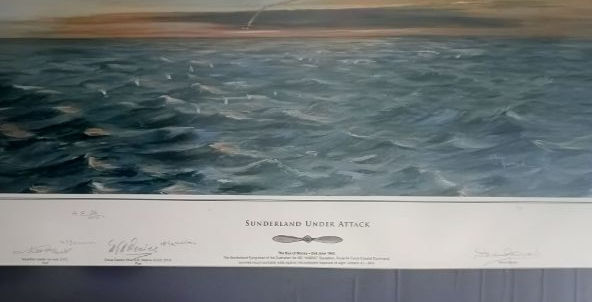1st Infantry Brigade Formation Formation Insignia Patch (c. 1950s)
Machine woven cotton formation sign of 1 Infantry Brigade Group. The badge is a khaki square overlaid with a red shield. The shield contains, in gold, a pair of crossed sabres above a boomerang.
Introduced to the Australian Army in 1950, and adopted from British Army practice, formation signs were intended to be worn on each sleeve in conjunction with embroidered shoulder titles. This combination, which replaced the traditional Australian system of colour patches, enabled an observer to determine both the wearer's parent formation, and their corps or unit within that formation. The use of formation signs within Australia was discontinued in about 1960, with the introduction of the new, American based 'Pentropic' system of military organisation. Australian units serving overseas, however, continued to wear them for many years. A number of formation signs featured the King's (Tudor) crown. After the death of King George VI in February 1952, and the coronation of Queen Elizabeth II in June 1953, this was gradually replaced by the Queen's (Windsor) crown, most formation signs having been updated by the end of 1954. The 1st Infantry Brigade Group was an Australian Regular Army formation, comprising 1, 2 and 3 Battalions, the Royal Australian Regiment (RAR) as well as attached armoured, artillery, engineer and Special Air Service (SAS) units. At any given time, the brigade would only have contained two infantry battalions, the third being committed on rotation to overseas operations in Korea or Malaya, where a different formation sign would have been worn.
One Insignia Patch For Sale in Good Condition
top of page
29,99AU$Hinta
Vain 1 jäljellä varastossa
Arvosteluja ei vielä oleJaa mietteesi.
Anna arvostelu ensimmäisenä.
Tally Ho Chap ©
© Copyrights
Tilaukseen liittyviä tuotteita
bottom of page


